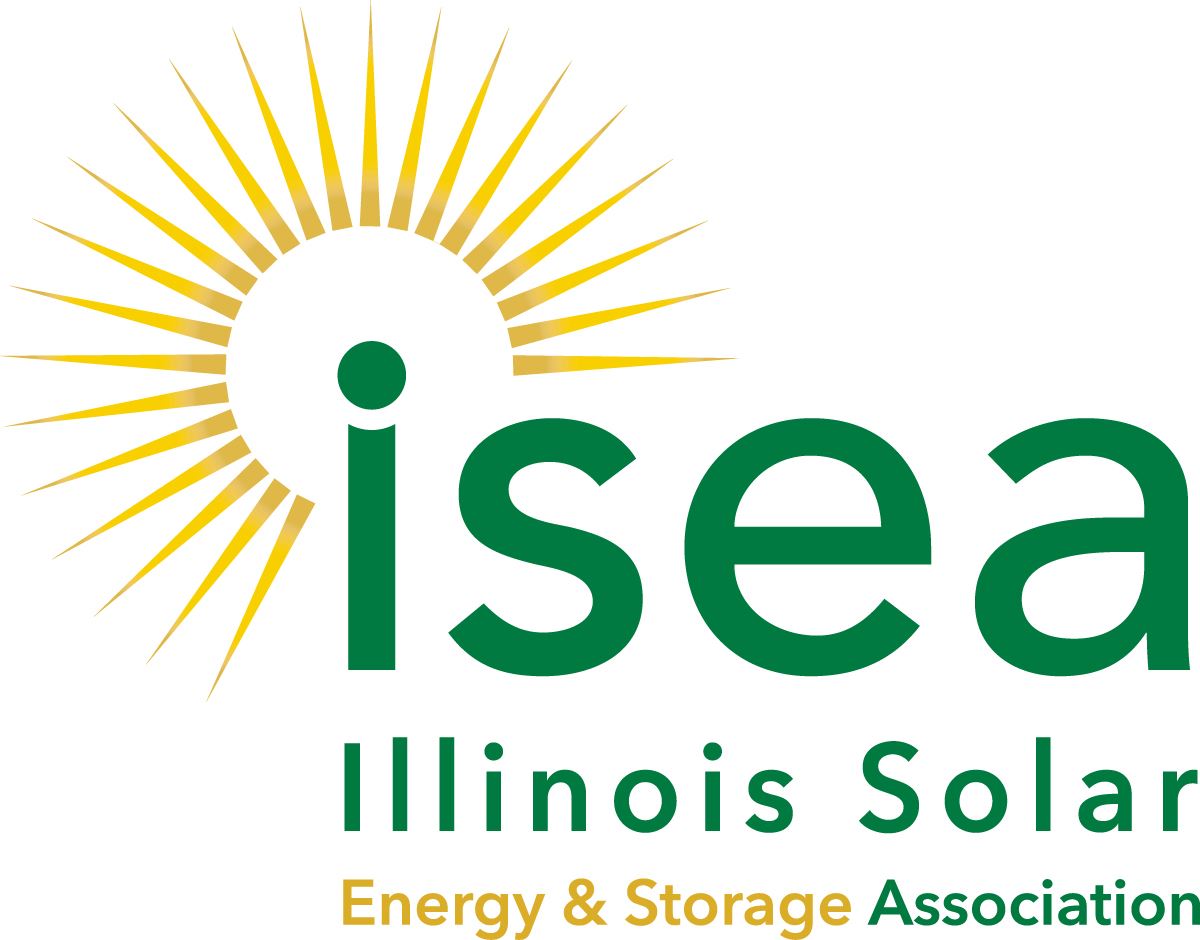What to Know About the Smart Inverter Rebate
By Robin Dutta, SunPower
Illinois has been undergoing a clean energy revolution since the Future Energy Jobs Act (FEJA) was signed into law back in December 2016. Regulatory bodies have been busy ramping up entire programs, procurements, rules, and regulations for brand new initiatives. There’s a lot of policy action underway, and it can be difficult to keep track of which regulatory agency is doing what for which program (you follow all of that?). There is a lot of necessary, messy work to be done before the solar industry starts deploying projects, helping IL be less dependent on dirty power plants, and reducing IL homeowners’ and businesses’ energy costs.
The DG rebate or smart inverter rebate, as it has become commonly known as, was among the initiatives created by FEJA. It is not part of the Adjustable Block Program. It is not part of the Solar for All Program. The IL Power Agency, which has been neck deep on designing both those programs, has no jurisdiction on the smart inverter rebate. This is a completely separate program, overseen directly by the Illinois Commerce Commission (ICC).
To understand what the smart inverter rebate is, and the potential benefits for IL solar projects, let’s look first at the statute and then at the regulatory work at the ICC. And surprise, this article won’t answer all of your questions, and it will bring up new questions that don’t yet have answers. That’s public policy, folks.
What Does FEJA Say About the Rebate?
FEJA sets up the basic parameters of the smart inverter rebate. There are a lot of details undefined, but that’s common and left up to the regulatory process at the ICC.
Eligibility: The program is available only to projects in MidAmerican, Ameren, and ComEd utility territories, according to the law. FEJA mandates that only utilities that serve more than 200,000 customers in Illinois are required to offer the rebate, and none of the municipal and electric co-operatives are that large. For now, the rebate is only available to on-site non-residential projects and community solar projects up to 2 MW AC in size. Residential solar projects are not currently eligible, but they will be after net metering penetration reaches the 5% caps (we’ll talk about IL net metering issues in another post).
Rebate Value: The rebate value is set at $250 per KW of project’s direct current capacity. When the NEM cap reaches 5%, the rebate value may change and will be determined through an ICC proceeding. Residential smart inverter rebate values will also be determined at that time through an ICC proceeding.
What You Give Up: Projects that take the smart inverter rebate will give up full retail net metering. The value of the bill credit will be a kilowatt-hour offset, valued only at the volumetric generation rate. The project can receive alternative and additional revenue streams for providing grid benefits/services. Those revenue streams are largely undefined in FEJA and would need to be defined and quantified in the rebate tariff.
Defining Smart Inverter:
“Smart inverter” means a device that convers direct current into alternating current and can autonomously contribute to grid support during excursions from normal operating voltage and frequency conditions by providing each of the following: dynamic reactive and real power support, voltage and frequency ride-through, ramp rate controls, communication systems with ability to accept external commands, and other functions from the electric utility” (1).
The definition defines the smart inverter based on a minimum number of required functions. It is not exhaustive, nor does it preclude additional requirements in the tariff. It is up to the eligible utilities (MidAmerican, Ameren, and ComEd) to file tariffs that define all system requirements in order to receive the rebate. And, as we’ve seen with the Ameren and ComEd tariff filings, the utilities have the discretion to make the tariff as straightforward or complicated as they like.
The Decider: The ICC will review the draft tariffs through a public proceeding. Other entities may choose to intervene and propose changes to the draft tariffs. ISEA, a number of solar companies and related stakeholders have already intervened.
What Is Happening Now at the ICC?
Ok, now things get a little complicated. Ameren and ComEd have filed their proposed smart inverter rebate tariffs. Ameren filed their proposed rebate tariff and technical requirements on March 9. ComEd filed their proposed rebate tariff and extensive set of requirements on April 6. The tariffs detail the terms and conditions that a customer must abide by in order to receive a given utility service. In this case, it can include detailing how the utility with control of the smart inverter. Each utility can take their own approach to filling in the details and settings.
If you are interested in reading all the gory details of the proposed tariffs, utility witness testimony, and technical requirements, click the links above. See Ameren Exhibit 1.3 for their proposed smart inverter technical requirements. See ComEd Exhibit 2.03 for their proposed smart inverter technical requirements.
Solar industry stakeholders, notably Environmental Law and Policy Center (ELPC), the Solar Energy Industries Association (SEIA), and the Illinois Solar Energy Association (ISEA), are either intervening individually or as part of broader coalitions.
Moving forward, the process is still being decided. The ICC may consider the Ameren and ComEd rebate proposals separately or they could join the dockets, as ISEA and SEIA has requested. In any case, these proceedings will last into the summer. If you are interested in learning more, you can either keep tabs on the ICC docket pages and/or join ISEA and get regular updates as part of your business membership.
1: SB2814 Enrolled, Future Energy Jobs Act: Section 16-107.6(a)
